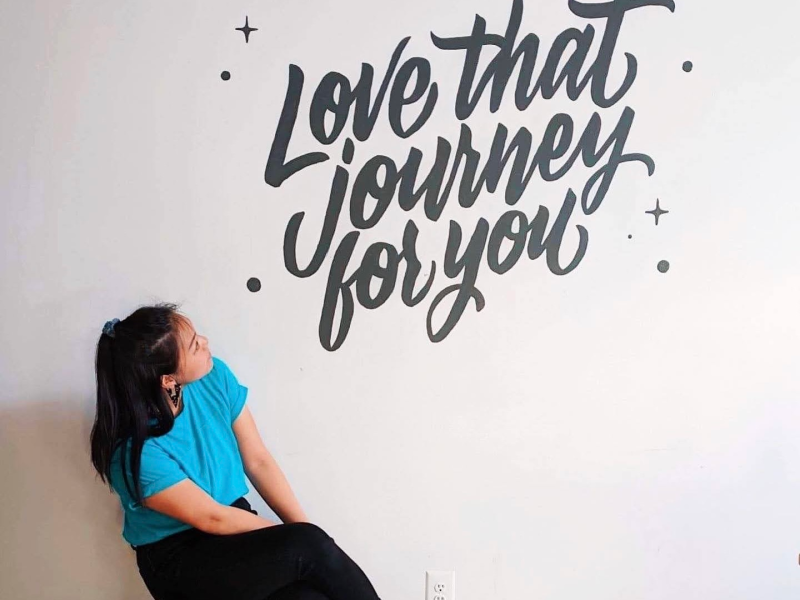Weekly Meditation 2: Still The Body
When making the space for a new habit or practice in your life, it’s helpful to remember that decision fatigue is real. In general, I’m a big fan of the moderate approach to most things in life, but I’ve learned that it’s actually easier to be 100% committed than to be 90% committed to things.

How did week 1 go? Did you feel resistance to the small commitment of five minutes a day? Were you able to face it head-on?
When making the space for a new habit or practice in your life, it’s helpful to remember that decision fatigue is real. In general, I’m a big fan of the moderate approach to most things in life, but I’ve learned that it’s actually easier to be 100% committed than to be 90% committed to things.
Simply put: you take the decision-making out of it. When you’re 100% committed to doing something, your default answer is yes. When there is wiggle room, you have to consciously choose each and every time if you’re going to do that thing or not – whether it’s meditation, the gym, flossing, eating healthy or making that phone call. I try to keep that in mind when I’m working on a habit or trying to integrate something new into my life.
Another thing I try to remember: you can’t count on the idea of ‘the perfect conditions.’ Anyone with a dog, baby, cell phone, loud neighbors, or a crammed Google calendar knows that finding the perfect conditions for meditation can be hard. I do believe however, that there are a few things we can do to prepare ourselves for a good experience in spite of that. Beyond committing to even the smallest effort, I find taking the time to focus on stilling the body, calming the breath and finally stilling the mind is critical for a good session.
This week, we’ll start with stilling the body. Your goal is to focus on relaxing your entire body during the five minute you committed to last week.
(If you only did a minute last week, how about adding another minute or two?) Here’s what to do: Take a comfortable seated position – something you can settle into that won’t have you fidgeting or uncomfortable. Set a timer. Close your eyes and take several deep and steady breaths. Your goal in the next few minutes is to slowly scan your body from the crown of your head to your toes, searching for tension in your body and consciously releasing it with an exhale. For example, try sending your awareness to your head. As you exhale, relax your eyelids, your temples and your jaw. Relax your neck and your throat. As you inhale, send your awareness down to your shoulders. With an exhale, let your shoulders drop and gently roll away from your collar bones, feel your chest relax. In this way, scan your whole body and keep going until you reach your toes. If you have less time, focus on the bigger areas of tension, like temples, jaw, shoulders, stomach and hips.
Note: If your mind wanders (don’t worry, it happens!) just take a second to become aware of what drew your attention away, and then gently re-focus. Remember – meditation is about persistence. Hang in there!
Let us know how you’re doing, and don’t forget to come back next week for another small step towards building a meditation practice.












